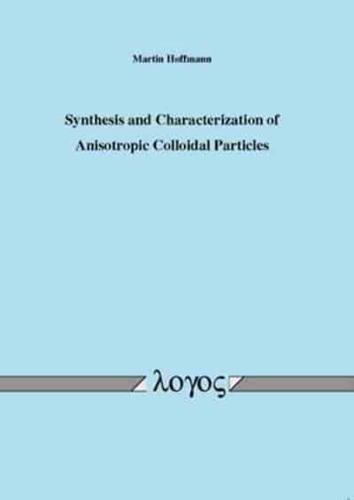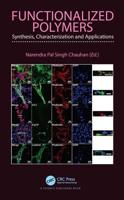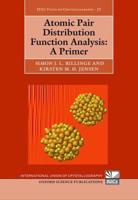Publisher's Synopsis
Anisotropic colloids differ from isotropic particles as they may combine a non-spherical shape with a heterogeneous composition or surface chemistry. These versatile colloids have moved into the focus of various research groups in the fields of chemistry and physics. Hence, preparation pathways for novel model systems and their characterization are challenging aspects in fundamental research and material science. In the first part of this work, the author describes the synthesis and characterization of two colloidal systems with dumbbell-shaped core-shell morphology. The core consists of poly(methyl methacrylate) and poly(styrene). As a special feature, the attached shell layer promotes the change of the particle size and the aspect ratio by simply changing the ionic strength or temperature. Depolarized dynamic light scattering (DDLS) was used to investigate how these stimuli affect the translational and the rotational diffusion in the highly diluted state. The hydrodynamics of the particles could be well described with stick-boundary conditions by using analytical expressions for a double sphere, prolate ellipsoid and cylinder or the shell model, respectively. Electron and scanning force microscopy were applied to image the particle morphology in real space. The second part is devoted to the hydrodynamics of monodisperse, submicron-sized colloidal clusters, which consist of one to four spherical building blocks. The author demonstrates that the shell model is an excellent tool to identify the rotational relaxations which are accessible by DDLS.










